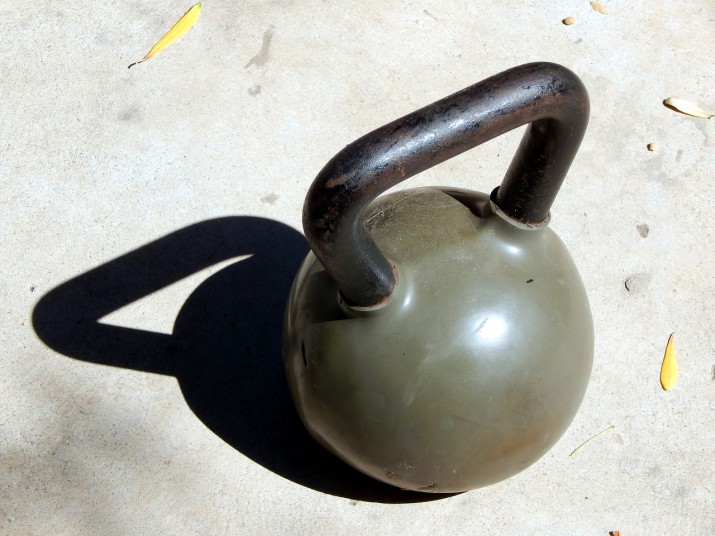Experienced burnout with your training? Who hasn’t? But you say to yourself-I train as hard as I can and do all of the right exercises – but I still don’t increase muscle mass as I should be. Why?
You may be doing the same type of training day in and day out, your body has gotten used to it and made the proper adjustment to avoid adding any muscle to your frame. Yes, your body is very adept at avoiding the addition of muscle.

The addition and maintenance of muscle is very costly to the body’s systems both in energy expended to produce new muscle and energy to maintain it. We need to change our workouts from ones that have become stale from overuse and re-invigorate them into result-producing ones.
One of the best strategies to do this is the intensity variation principle. Here it is clear and simple. Divide your training schedule into sections. The initial section is one in which exercises are terminated when reaching mild difficulty. For example, during a set of curls using a weight that you can grind out 10 reps, you finish at eight. Rest between sets is 1 minute and total sets per muscle group is 2-3 for small muscles and 4-5 for large ones. I consider this period one of low growth.
Here is a sample workout for chest:
- dumbbell flyes-2×12
- machine dips-2×8
- incline bench press-1×8
After three weeks, increase the intensity of your sets by finishing them when no additional reps can be completed. In other words, if you are capable of completing 10 reps in the barbell curl with a given weight end the set there. Since the intensity has been increased, reduce the set count to 2 for small muscles and 3 for large ones. Rest no longer than 10 seconds between sets.
Here is a sample for back:
- dumbbell bench pull-overs-1×15
- incline bench rows-1×12
- seated medium-grip pull-downs-1×10
After an additional three weeks, progress to the highest level of intensity. To maximize intensity, end all sets when unable to grind out even one rep. Add intensity variables such as negative-accentuated, negative and forced reps. Negative-accentuated reps are great for bodybuilders training without a partner. They allow a trainee to experience the benefits of pure negative training safely. To do them using the leg press, press the footplate with both legs but resist the downward movement using your left leg only. Press the footplate with both legs and resist the negative with your right leg. Continue in this manner until the set is ended.
Pure negative reps need to be done with a partner. He/she raises the weight and transfers it to you. You lower the weight, usually to a count of eight before repeating. Negatives are great for building new strength and size when hitting a plateau.
Forced reps allow effort to progress beyond the point of typical failure. After reaching failure during a set, your partner applies just enough assistance to allow completion of additional reps. More than one HIT variable can be used during a set to maximize intensity, and therefore, increase muscle mass.
A sample workout for biceps is:
- dumbbell concentration curls-1×8+3 forced reps
- seated palms-facing pull-downs-1×10+4 negative reps
Since the intensity is high, I have reduced the set count further to avoid over training. This article gives the reader an outline of HIT intensity variation-an effective protocol for the development of muscle!



